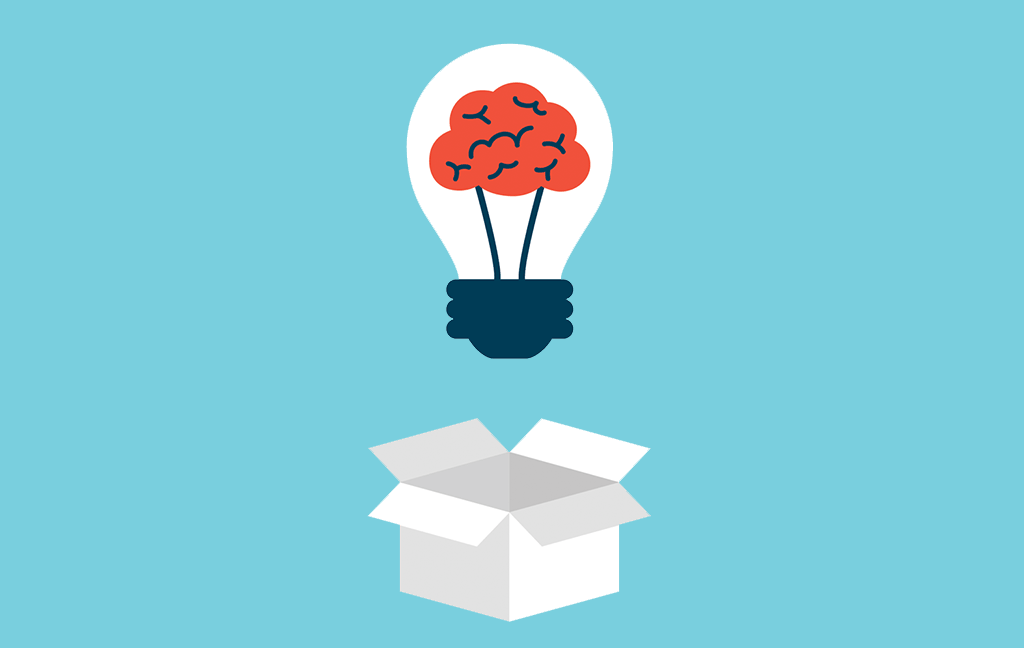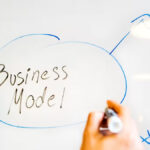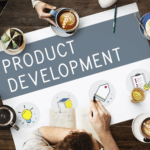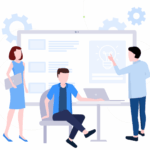How Are Products Developed to Sustain Competitive Advantage?
In the world of business, it’s dog-eat-dog. Either you innovate or evaporate. With nearly 30,000 new products launched each year and 95% failing (Harvard Business School, 2023), one thing is clear: product development isn’t just about creating something new—it’s about staying relevant.
If you’ve ever wondered how products are developed to sustain competitive advantage, grab your coffee and let’s unravel the process in detail. From idea to market, we’ll explore every twist and turn.
What Is Competitive Advantage?
Let’s not beat around the bush—you need something that sets you apart.
Competitive advantage is what keeps customers choosing your brand over others. It’s your unique value, your edge, your secret recipe.
Michael Porter, a pioneer in business strategy, defined three major types:
- Cost Leadership: You offer lower prices without compromising quality. Think Walmart.
- Differentiation: You deliver unique features. Think Apple.
- Niche Focus: You serve a specific group very well. Think Tesla at launch.
Each model gives brands a fighting chance in cutthroat markets. But how do we build products that support them?
Cooking Up Success: Why Product Development Is a Big Deal
Don’t put all your eggs in one basket. Smart companies diversify through innovative products.
New products help brands adapt to market shifts, meet customer expectations, and expand their reach. They breathe new life into a business.
Companies that prioritize product development outperform peers by 1.7 times in revenue (McKinsey, 2023). They enjoy better brand loyalty, improved margins, and long-term viability.
It’s more than just design. It’s about aligning the product with customer needs, market gaps, and brand vision.
Take Dyson, for example. They reengineered a mundane household item—the vacuum cleaner. By focusing on technology, design, and usability, they created a competitive stronghold.
Customer Is King: Start with What They Need
You can lead a horse to water, but you can’t make it drink.
Unless the product solves a real need, customers won’t buy. Modern product development begins and ends with the user. To understand what they want, companies use:
- Surveys and polls
- Social media listening
- Focus groups
- Product reviews
User journey mapping, empathy exercises, and customer personas all help paint a clearer picture.
Take BrandNewMD, for example. Their health solutions are built around real user needs. Their intuitive designs and easy access to information win customer trust. Explore how they do it.
Design thinking is key. This human-centered approach fuels empathy and insight. Brands like Google and IBM use it to create impactful products.
Don’t Reinvent the Wheel: Focus on Innovation That Matters
Innovation isn’t about doing something wild. It’s about doing something better.
Consumers expect smarter, faster, easier experiences. In fact, 76% want companies to understand their individual needs (Salesforce, 2023).
Innovation comes in many shapes:
- Incremental: Enhancing what already works. (e.g., iPhone models)
- Breakthrough: Introducing significant changes. (e.g., voice assistants)
- Disruptive: Changing entire industries. (e.g., streaming services)
Amazon spent $93 billion on R&D in 2023. That’s how much value they see in constant innovation.
If you stand still, you’ll be overtaken. It’s that simple.
Build Cross-Functional Teams
No one builds a product alone. The best ideas come from collaboration.
Product developers, engineers, marketers, and finance teams must join forces. Each team brings a lens to the project.
This collaborative approach:
- Improves creativity
- Speeds up problem-solving
- Ensures product-market fit
Agile methodologies enhance team productivity. Agile teams are 60% faster to market (BCG, 2023).
Scrum and Kanban frameworks keep everyone on track. Sprints and check-ins ensure progress.
When departments communicate well, development is smoother, faster, and more efficient.
Green and Clean: Sustainability Wins Hearts and Wallets
Let’s face it. Consumers today care about more than just price.
88% of people say they are more loyal to brands that help them live sustainably (Forrester, 2023).
Eco-conscious design involves:
- Using recyclable or biodegradable materials
- Reducing carbon footprint
- Ensuring ethical labor practices
Patagonia nails it. Their gear is designed to last. They even teach customers to repair instead of replace.
It’s not just about looking good—it’s about doing good.
Need help sourcing sustainable materials? Work with the best sourcing company to build greener, smarter products.
Master the Product Lifecycle
Every product has a journey. Ignore it, and you risk losing your edge.
Products typically go through four phases:
- Introduction: Building awareness, gaining early adopters.
- Growth: Sales increase, market expands.
- Maturity: Competition intensifies, growth slows.
- Decline: Demand fades, time to pivot or phase out.
Apple moved from iPods to iPhones before the music player declined. They read the signs.
Using Product Lifecycle Management (PLM) software helps track and adapt. It keeps teams informed and proactive.
Tech to the Rescue: Use Tools That Work Smarter, Not Harder
Technology is the wind beneath modern product development wings.
From idea to prototype, digital tools speed things up. Brands use:
- CAD (Computer-Aided Design)
- Digital twins
- Rapid prototyping
- AI trend prediction
Nike reduced development time by 30% using 3D models.
AI forecasts help align product features with demand. Predictive analytics reduces risks. Automation cuts costs.
If you want to stay ahead, tech isn’t optional. It’s essential.
Proof Is in the Pudding: Brands That Got It Right
Some brands turn product development into pure gold.
Apple: Seamless integration keeps users inside their ecosystem. From iPhones to Macs, everything just works.
P&G: Product testing is their secret weapon. Tide Pods worked because they solved real laundry problems.
Airbnb: They listen. They improve features based on user feedback. Their app evolves constantly.
These brands do three things well:
- Understand customer needs
- Focus on experience
- Stay flexible
It’s not magic. It’s a method.
Every Rose Has Its Thorn: Common Hurdles in Product Development
It’s not always smooth sailing. Obstacles pop up often.
Common challenges include:
- Copycat competitors: Imitation erodes your edge.
- Changing market trends: What worked yesterday may flop today.
- High development costs: R&D is expensive.
- Scalability: What works at 1,000 users might break at 1 million.
Failing to adapt leads to extinction. Blockbuster didn’t pivot. Netflix did.
Risk is part of the game, but strategy and foresight mitigate it.
All’s Well That Ends Well: Key Takeaways
Let’s bring it all together. Developing a product for long-term advantage takes more than luck.
Here’s what you need:
- Deep customer insight
- A commitment to innovation
- Tech tools to enhance efficiency
- Strong team collaboration
- Sustainability as a priority
- Lifecycle planning
And most importantly, the right partners.
Are you ready to launch a product that stands out and stays ahead?
Work with BrandNewMD, the best sourcing company, to turn your idea into reality.








